Peter Pavey: Out of print, out of mind?
Meg Sorensen goes looking for the author of the award-winning One Dragon’s Dream and finds him doing dreadful things to cows – but still writing and illustrating.
What a tragedy it would have been if after ten years the French had decided to let de Brunhoff’s masterworks fall by the wayside; if the Americans had shelved Sendak in favour of something more ‘current’, or the English publishers of Beatrice Potter had let her little masterpieces languish without giving them a kick-start every decade or so!
In any generation there will only be a handful of ‘greats’ – masters of the art of picture books whose work deserves to live on. But this doesn’t happen by magic. A publisher has to be behind the nurturing of a classic book, if not with the full force of their publicity machine, then at least by ensuring its continuous availability. Time may well separate the gems from the dross, but only if they are actually visible. To ensure a potentially ‘classic’ picture book stays in the public eye long enough to give it a fair trial demands vision on the part of the publisher and, to no little extent, a commitment to life of quality books. How much easier the disposable ‘flavour of the month’ mentality of just tossing out another hundred or so titles and hoping one or two hit the jackpot.
Every year a new batch of babies is born and to each generation of children classic books from Dahl to Dodgson are as new and exciting as the day they were first published. A never-ending supply of young readers could be touched by the magic of the wonderful picture books of Peter Pavey, yet I wonder if, even now, children are being denied that bounty.
On a recent round of Melbourne bookshops specialising in children’s books, I could find only one copy of Pavey’s classic picture book One Dragon’s Dream (winner of the 1980 Children’s Book Council Picture Book of the Year Award). ‘It’s not really one of the current titles,’ I was told by one of our more reputable booksellers (she offered to order it in for me), while at Myer I got ‘Never heard of him’.
It gets worse. Pavey’s second picture book I’m Taggarty Toad (another quiescent classic) was published in 1980 and, although it is still in print, I have not yet been able to find a single copy. It gets worse. Battles in the Bath followed in 1982 and in 1987 Is Anyone Hungry? Neither of these titles is still in print, although even a cursory glance reveals a superiority to the bulk of recent releases whose only claim to fame seems to be that they are new.
And it gets silly when the children’s publicity department at Penguin claims to be unable to put me in touch with Pavey since, they said, they didn’t know where he was, he’d disappeared, and it seemed he did not want to be contacted.
So I rang him up myself … and he invited me over to talk about his books.
I was curious to know if the lack of availability of his books had left Peter Pavey jaded, or perhaps even sent him looking for work at the nearest advertising agency prepared to pay him big bucks for scratching his bum. As it turns out, this would have been like finding Patrick White tossing off a ‘Louie the Fly’ jingle to finance his new gazebo. No bayside mansions here.
Pavey works and lives on a small farm a couple of hours out of Melbourne. And when he is not making ends meet (doing farm labour and dreadful things with cows) he is still completely obsessed with the process of creating picture books. He is currently working on finding the right illustrative language for two books, with a wealth of other ideas in abeyance. If he can afford to get away from the poor cows for long enough, these could well be the most extraordinary picture books this country has ever produced.
Peter Pavey is not interested in the prospect of just churning out the next book. Rather, he is beset with the notion that each new book must be unique. He says:
I have an attitude that a book is only worth publishing if it contributes something new and exciting to the overall bank of children’s literature; there is no use regurgitating something that has already been done once or twice or a hundred times. A book has to contribute something new in some form or another … it doesn’t have to create a revolution, it has to build on what has already been produced. If that doesn’t happen then I don’t think the book warrants being produced.
The two books which are still in print and Battles in the Bath (which is not) are probably nothing like most picture books Australian children get to see. Highly innovative in style, content, and imagery, on this basis alone these books deserve to be seen. And they are wonderfully entertaining to boot. When One Dragon’s Dream appeared it was called ‘surrealistic’, but perhaps ‘post-modern’ is more applicable now. With dozens of discrete and entirely optional visual messages, the young reader is gently invited to acknowledge the presence of the creator of the magnificent counting book. A paint brush emerges between two trees, pencils fan out of rubbish bins and a row of nibs dot the footpath below a road along which ten turtles tow the dragon home to bed. The first of the line of tigers (pictured on ABR’s front cover this month) shows it has strings attached, before it is allowed to move freely into the fantasy. Yet this is not mere artifice.
Sendak’s Where the Wild Things Are contains similar messages (that the monsters are already alive in Max’s imagination is signalled early in the book by a drawing of one hanging on a wall) which young children may consciously or even unconsciously decode. But of course this is not essential as both stories are brilliant enough to engage on many levels, from the most sophisticated to the simply ‘fun’. And what it shows is that both artists are deeply committed to the business of exploring the full potential of picture books, not just accepting and restating what may be vacuous conventions. Sendak’s contribution to the art of picture books has been profound. The four books he has so far produced are clear evidence that Pavey is serious and bold enough to be an important part of this evolution.
The story of One Dragon’s Dream is an absolute nonsensical delight. It is an immensely challenging book, demanding blind leaps over ontological chasms, but the skill and (immense) generosity of Pavey’s lovingly rendered images ensure a very happy transition from the real to the fantastic. A journey of discovery in the delightfully dangerous realms of the imagination, this book is great big YES to the potential for imagining that exists in every child. Concerning this, Pavey says:
Personally, I am interested in the fantastic, in encouraging kids to use their imaginations. I find in schools that kids at grade one are not able to use their fantasies. I’ve been asked to help teachers to come up with ideas to encourage grade one kids to use their imaginations and I think that is so sad. The education system encourages kids to learn the realities of this world and that has to be counterbalanced with a capacity to be allowed to use their imaginations – to dream. It is that imagination that will in the long run make this world a better place … to be able to invent and solve our problems that we haven’t even faced. They have all this reality … they need their fantasies to be encouraged.
Pavey believes a picture book can help to reinforce and encourage children to be brave enough to pursue their own fantasies: ‘It says it is okay to have them. You’re not mad!’
Of course, a child must be able to believe in the world contained in a picture book. If this is a fantastic world perhaps the artist needs to work even harder to maintain credibility. Perhaps too when the creator of picture books for very young children journeys into the unknown, they must carry with them particular responsibilities. Pavey wants to ‘build a different reality, but it is a believable reality – it isn’t foreign and it doesn’t threaten.’
And so, while the work and thought Pavey puts into his picture books makes them entirely convincing, a gentle understanding of a young child’s need for reassurance is evident, although sometimes, he admits, this demands is a bit of a compromise:
I am not the most positive person in the world and I have a number of what I think are really great ideas that probably end in a really negative way and I think books should end in an optimistic way for children. Some people say that certain books have great significance to their lives. If that is the case then I expect the effect should be positive.
His books, he says, are nevertheless for the child within him:
I am aware that I am doing this for children but I don’t set out that way – I do them for myself … for the little child that lives somewhere within me … I try not to make any compromises. I have an idea. I try to be as inventive as possible. Because I know that somewhere along the line the book has to be published – I may be forced to compromise – but I start off being as free as possible.
But this is no journey into the realms of self-indulgence or fatuous display of illustrative wizardry. In this artist’s eyes children are not second-rate humans. He decries illustrators who produce good work for adults then just whip off a kids’ book in a few weeks. Each of his books has taken years to produce. He comments, ‘I believe that children deserve my best. If you don’t give them your best you’re cheating, really.’
The art of making a picture book is not merely the art of matching pictures to words. Indeed in many of the best picture books neither the words nor the pictures by themselves make much sense. It’s when you put them together that the magic really starts to happen. Exploring this complex interplay between picture and words is central to Pavey’s thinking and one of the reasons he gives for his preference for working entirely alone. Not since his first book (Olaf Ruhen’s The Day of the Diprotodon) has he illustrated someone else’s work because working alone gives him ‘the capacity to really work on that relationship’ (between words and pictures):
Writing words to illustrations is a terrible way to go. I think about the idea for a long time and the images come very gradually. I tend to write the words first with some knowledge in my head of how the pictures go and then I go into a rough draft, a complete dummy of the book, so it gives me complete control. I like to work on my own because I have a number of ideas of my own that I want to explore’
Like Sendak, Pavey believes that making a picture book is not just about making great images. Nor is it just about words by themselves. It is an art in itself. It is an art which takes a great deal of courage to embark on and perseverance to maintain. And of course a great deal of time. Pavey, like most artists, has at times found this difficult, but rather than compromise his work and make more money by creating more books of inferior quality, he seems happy to take the opportunity for long stints of work when they arise. Indeed he considers his work a ‘privilege’ and, while the need to ‘survive’ brings restraints, he is pragmatic: ‘if you are able to be really adventurous and creative for a period of time and produce a really interesting book you are very lucky.’
In the last decade, Australia has developed a reputation for publishing some of the best picture books in the world. I asked if he thought we were holding that ground:
I don’t really think that the books that have been produced over the last few years are as interesting as those produced in the previous five years. I think publishing has become more conservative and more traditional. I am not sure if this is to do with the economics of publishing or the economic condition in Australia, but I feel that a lot of books they have produced over the last few years haven’t warranted publishing … Publishers are presented with a number of stories and they make judgements as to which is worth publishing … it takes a certain skill or intuition to be adventurous enough to produce an idea that may be a little different. That takes courage and I am not sure whether publishers at the moment have that courage.
Pavey believes the best way to encourage young illustrators is not by publishing inferior work but by the quality of the work that is published. In this he sees a great responsibility resting on editors.
Pavey himself trained in commercial art at Swinburne Institute from 1966– 70 and shunned the idea of going into advertising, for which he knew he was not suited. Learning about picture books was a self-teaching experience:
I learnt what I do from looking at books. I discovered children’s books at a late age (19) and I thought … Fantastic! And I collected them and the more I collected them the more I thought … Fantastic! Out of that I decided that is what I’d like to do but I wasn’t interested in just making pretty pictures, nor am I really interested in conveying any particular philosophy. I am not trying to teach anything at all. I just try to give children a pleasant, exciting experience they enjoy and that might have the spin-off that they actually go and look at another book!
Peter Pavey creates picture books because it makes him happy. He is not a painter who does illustrations on the side. He just makes picture books because that is what he likes doing. It takes a lot of many things to make a really wonderful picture book, but mostly it takes a great deal of love. He comments: ‘producing the books for me has been a really loving experience … although it has been difficult. I would like to be in a situation where I could just be doing the books’.
Humour, whimsy, startlingly original concepts, and meticulously brilliant illustrative technique – Pavey’s picture books shine with everything it takes to win their way into the hearts and minds of children for generations to come. What a loss it would be if they are left by the wayside.


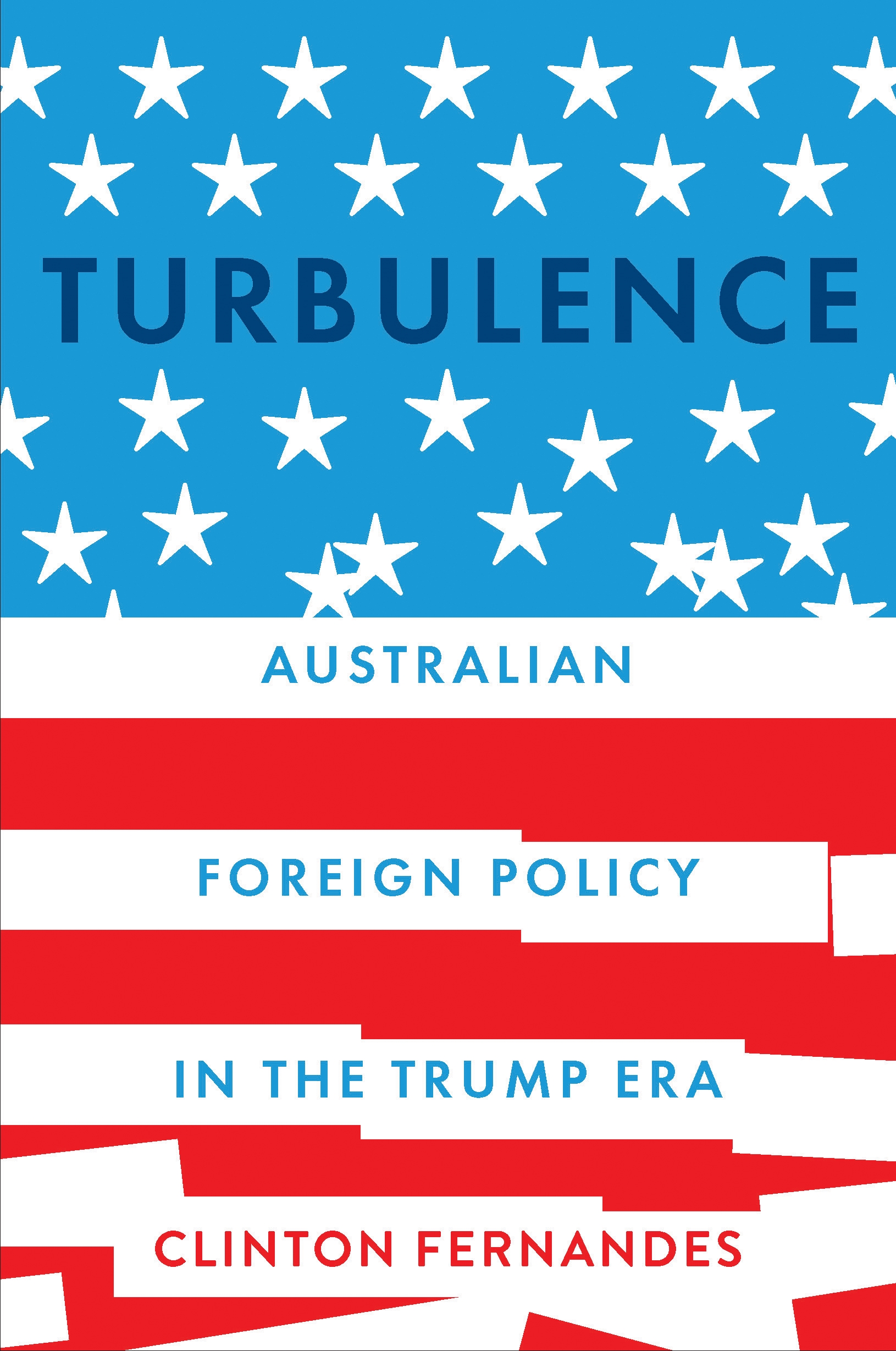

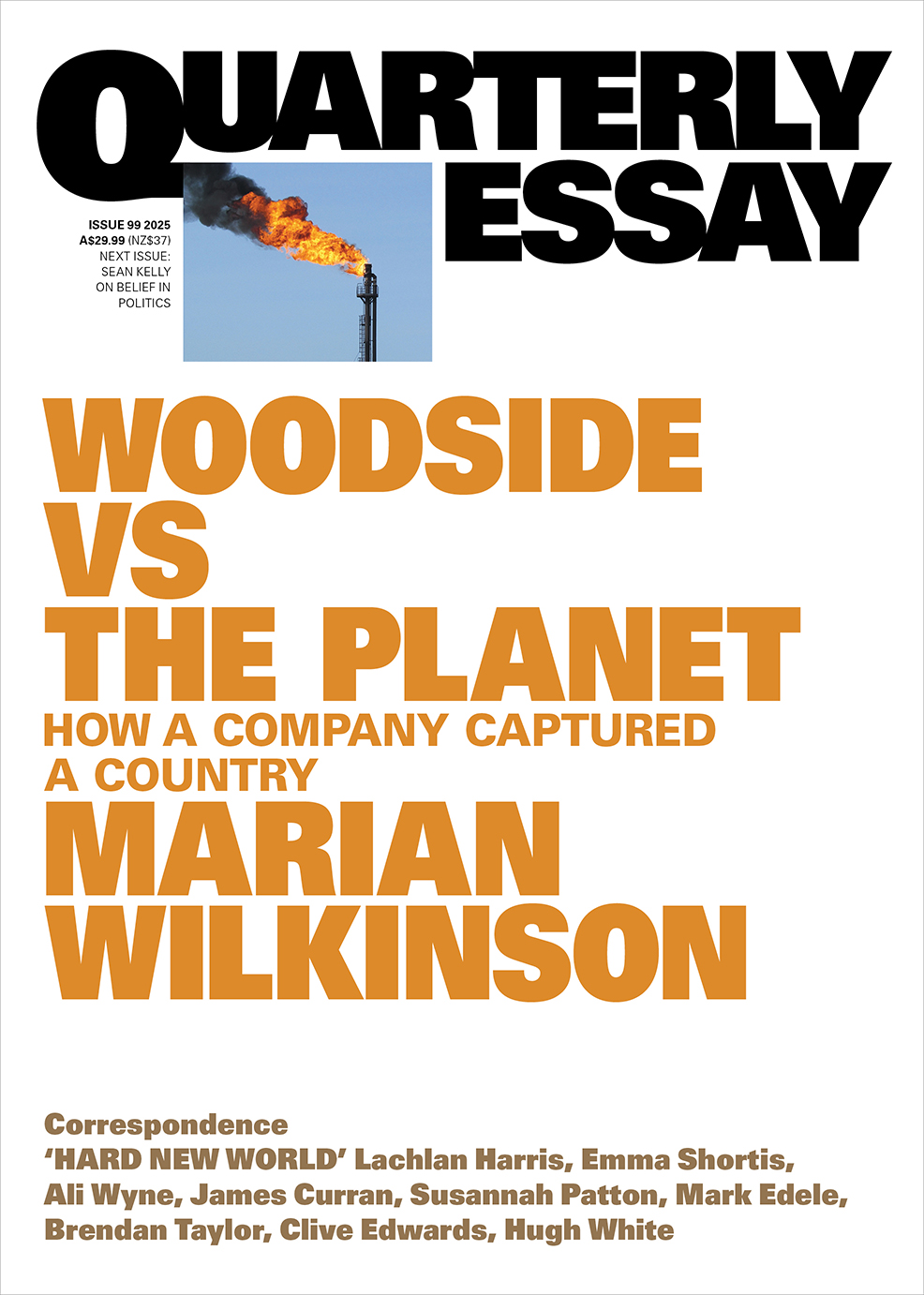
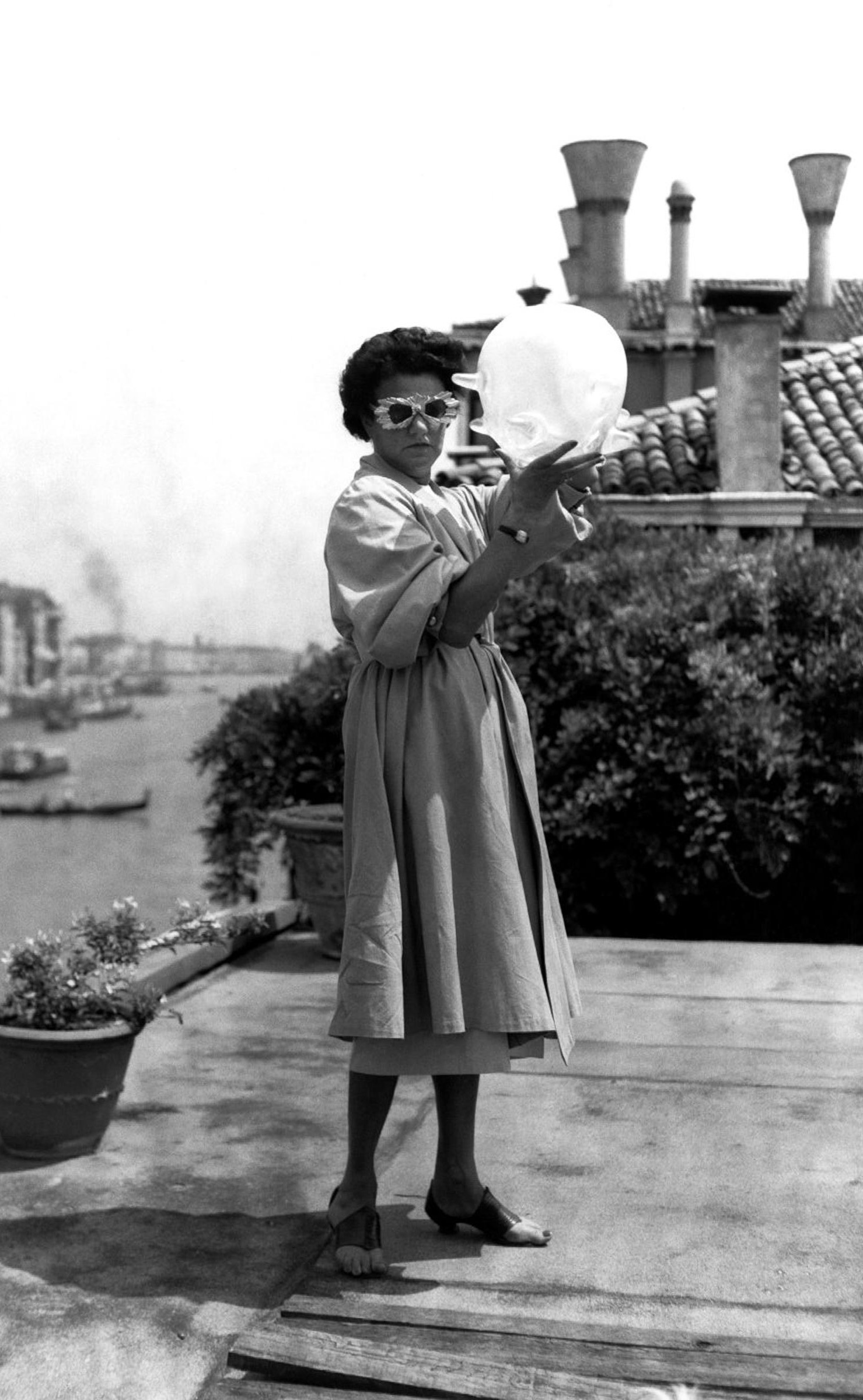
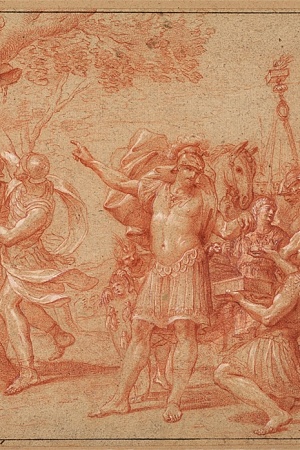
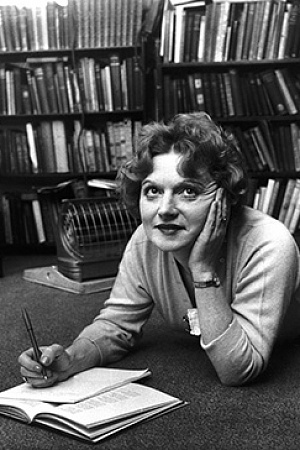


Leave a comment
If you are an ABR subscriber, you will need to sign in to post a comment.
If you have forgotten your sign in details, or if you receive an error message when trying to submit your comment, please email your comment (and the name of the article to which it relates) to ABR Comments. We will review your comment and, subject to approval, we will post it under your name.
Please note that all comments must be approved by ABR and comply with our Terms & Conditions.